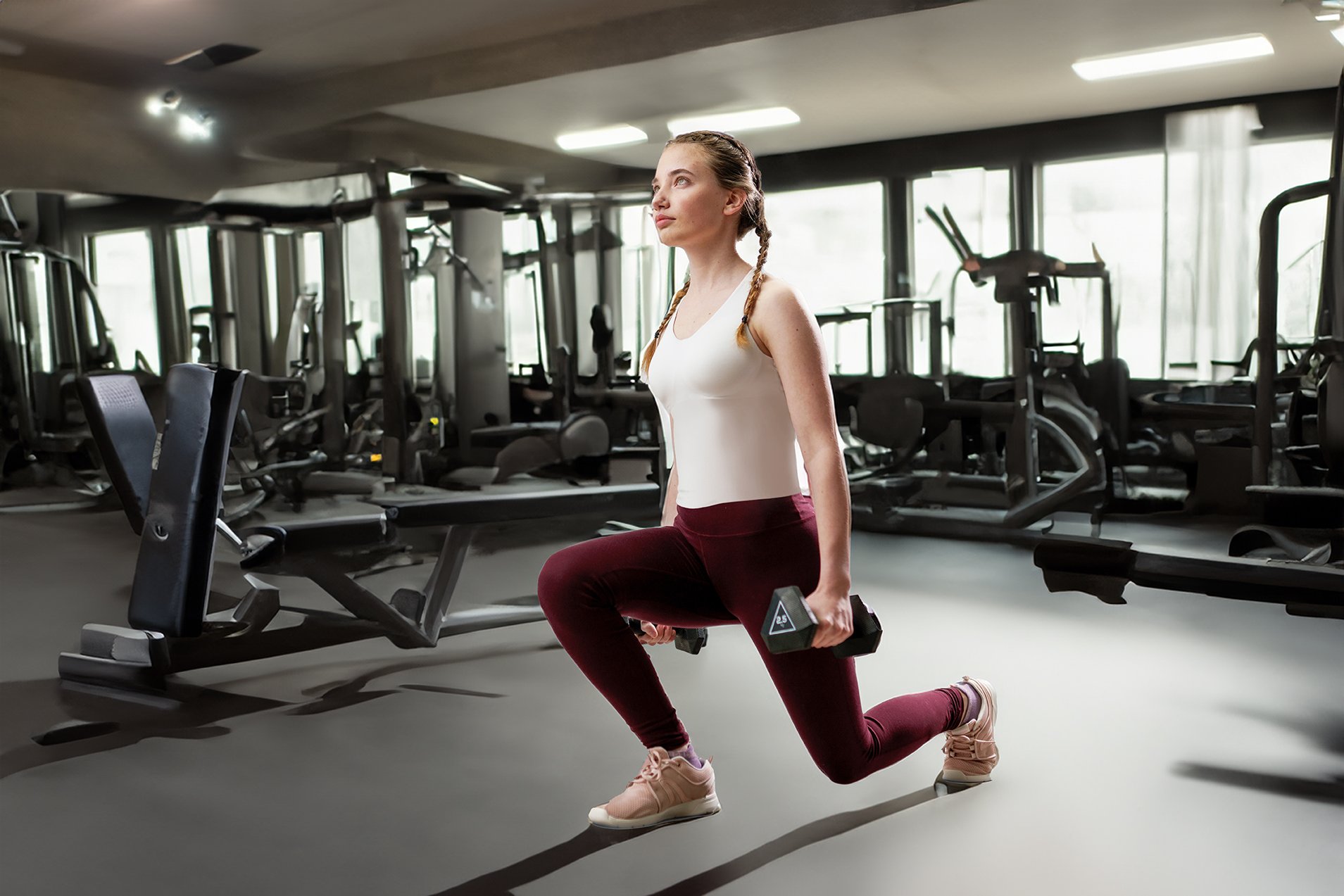
If you have taken an extended break from your workout routine, your return to the gym will likely mean a return to the program that you were originally doing before your hiatus. Exercise selection, reps, and rest periods may be altered slightly after time off; however, eventually you will be back to your pre-break strength and power, among other athletic traits. When you think about that program and how it got you to the point you are at or will be in the near future, do you also think about the steps you will take to further advance your abilities? I’m here to break down a few ways specifically within the muscle that may help give you the variety to your program you are looking for.
There are three main types of muscular contractions that can happen, each of which serves a specific purpose for muscular growth, strength, and power. They are
- Concentric
- Isometric
- Eccentric
Concentric
Concentric muscular contractions are generally the most common type that individuals focus on during their training sessions. Concentric contractions involve the shortening of the muscle during an exercise. If you imagine a lift, say the bench press, the act of pushing the weight up from your chest actively shortens the muscle. The pulling of a bent-over row or the ascent of the barbell back squat all utilize this contraction. An uncommon variation would be to slow down the movement, for example slowing the pulling movement of the bar during a Lat Pulldown. If it normally takes you 1–2 seconds to pull down the bar, try a 5-count with the same weight. The intensity will greatly increase.
Isometric
Isometric contractions are an underrated variation that people most often forget about during workout planning. Instead of a shortening movement like the concentric contraction, the isometric contraction actually involves the muscle staying at the same length during the work period. A simple variation of this contraction is a wall sit. The muscle never changes length, but the tension and effort build over time.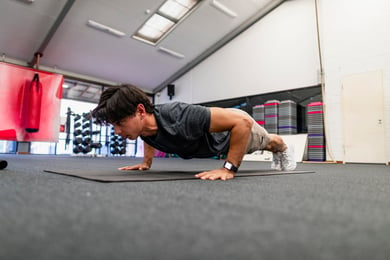
But the quality of this contraction is found in much more than just wall sits. Almost any exercise can utilize this method. Here are a few of my favorite variations using isometric contractions. The intensity of the holds in these lifts can be dictated by either the amount of weight or the time you hold it for.
- Split Squat Holds (hold split squat in down position with knee off the ground)
- Push-Up Holds (hold push-up in the “down” position; try at different heights!)
- Pull-Up Holds (either chin over bar or with arms hanging straight)
Eccentric
The last contraction variation in this trio is the eccentric contraction. This is commonly thought of as the lowering or lengthening of the muscle during an exercise. Going back to the bench press example earlier, the bar lowering to the chest would be the eccentric contraction. Where this method is most useful is during time-under-tension exercises where you increase the amount of time that you lengthen the muscle during the lift. These are all about control and can get quite intense.
Similar to the isometric contractions, time is everything. For example, when you do a step-up and are coming down off of the box, try to control for 3–5 seconds before your foot hits the ground instead of coming down right away. Here are a few of my favorite variations on eccentric contraction exercises:
- Incline Dumbbell Press (lowering the weight slowly and raising it at a normal pace)
- Slider Leg Curls (pushing feet out in a slow and controlled motion)
- Glute Ham Raises (slow on the way down)
***
The variations are not limited to this list. Feel free to get creative with any of your favorite exercises when trying out the different muscular contractions. Remember, time is your friend with any method you choose and can match any intensity you are trying to achieve.
This blog was written by Alex Soller, Athletic Performance Coach and NIFS trainer. To find out more about the NIFS bloggers, click here.

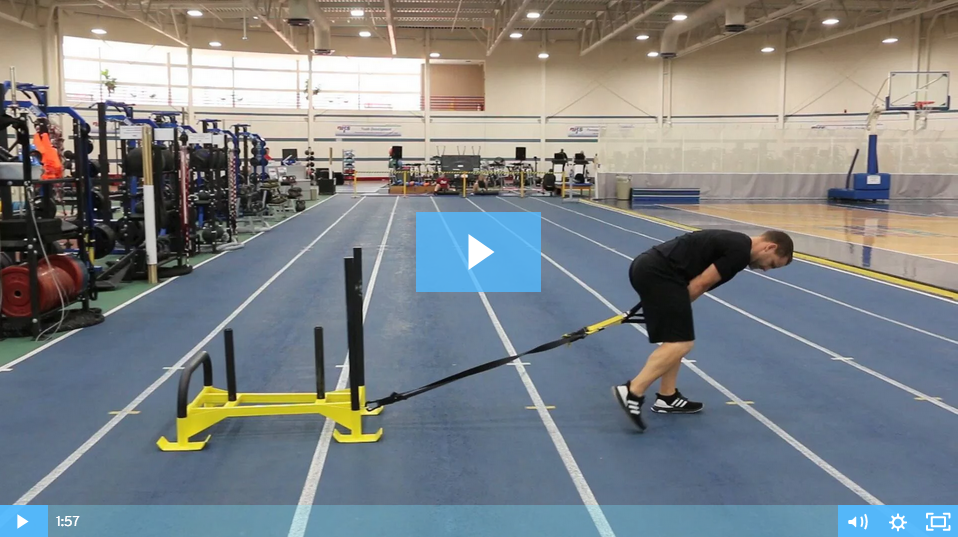

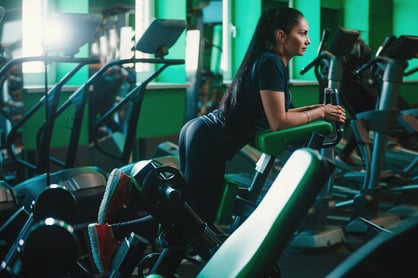 What is the most feared and most skipped gym day of the week? Nearly every person despises it, and few survive it. Yes, you guessed it. I am referring to the infamous “leg day.” However, even if you can endure training your legs, how beneficial is it if you aren’t training your hamstrings correctly, efficiently, and according to their full potential?
What is the most feared and most skipped gym day of the week? Nearly every person despises it, and few survive it. Yes, you guessed it. I am referring to the infamous “leg day.” However, even if you can endure training your legs, how beneficial is it if you aren’t training your hamstrings correctly, efficiently, and according to their full potential?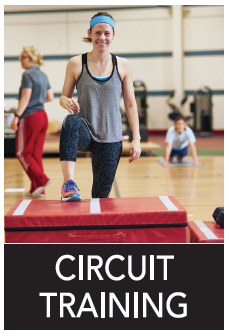 To achieve electricity, you need a complete circuit; the same thing goes for achieving a higher level of fitness, which is why circuit training is a great total-body workout. It can be classified as a type of endurance training, resistance training, strength training, or high-intensity interval training, which is why we can see great results from it.
To achieve electricity, you need a complete circuit; the same thing goes for achieving a higher level of fitness, which is why circuit training is a great total-body workout. It can be classified as a type of endurance training, resistance training, strength training, or high-intensity interval training, which is why we can see great results from it.

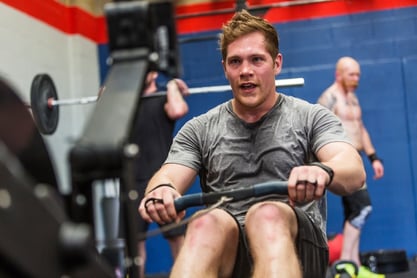 “Cardio day” are maybe the most dreaded words for a gym-goer. Or maybe you’re a cardio junkie and love nothing more than knowing it’s on the exercise menu for the day. In any case, most seem to have a love/hate relationship with cardio. We know we need it, but it can be a long and arduous task.
“Cardio day” are maybe the most dreaded words for a gym-goer. Or maybe you’re a cardio junkie and love nothing more than knowing it’s on the exercise menu for the day. In any case, most seem to have a love/hate relationship with cardio. We know we need it, but it can be a long and arduous task.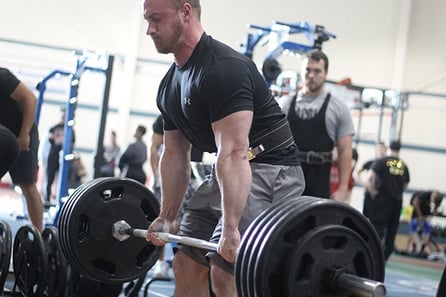 Over the last couple of years, I’ve noticed an increasing trend in bodybuilders and physique athletes migrating toward the sport of powerlifting. I’m no exception. I spent the first eight or so years of my lifting career focused almost exclusively on bodybuilding. Eventually, however, I got tired of the culture, the subjective judging criteria, and the politics involved in the sport. I decided that I’d rather be strong and functional rather than just big and muscular. Over the next couple of years, I began focusing more and more on strength-specific training. Eventually, this led me to my first NIFS Powerlifting Competition back in 2016.
Over the last couple of years, I’ve noticed an increasing trend in bodybuilders and physique athletes migrating toward the sport of powerlifting. I’m no exception. I spent the first eight or so years of my lifting career focused almost exclusively on bodybuilding. Eventually, however, I got tired of the culture, the subjective judging criteria, and the politics involved in the sport. I decided that I’d rather be strong and functional rather than just big and muscular. Over the next couple of years, I began focusing more and more on strength-specific training. Eventually, this led me to my first NIFS Powerlifting Competition back in 2016.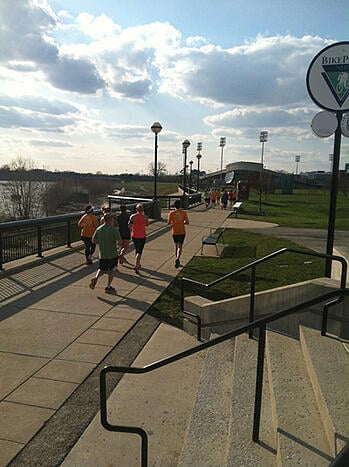 NIFS'
NIFS' 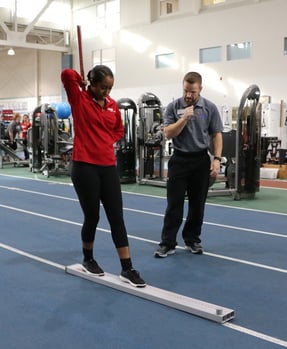 This sits at #1 on the list for good reason. The
This sits at #1 on the list for good reason. The 

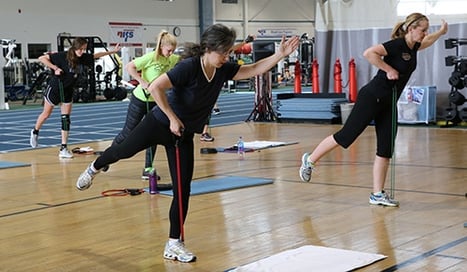 If you take a few minutes to google the various types of fitness training out there, you will come up with a list of about 10 different ones, and then 10 more different variations of each of those. And each year more and more “fitness trends” come out, making it quite confusing for the consumer as to what to choose and where to start. It can be confusing and even frustrating choosing what is right for you and your body.
If you take a few minutes to google the various types of fitness training out there, you will come up with a list of about 10 different ones, and then 10 more different variations of each of those. And each year more and more “fitness trends” come out, making it quite confusing for the consumer as to what to choose and where to start. It can be confusing and even frustrating choosing what is right for you and your body. 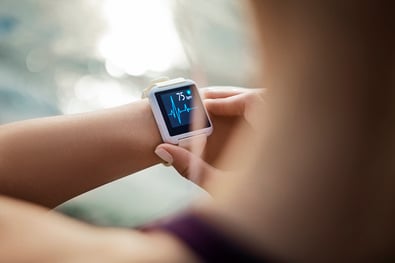 This type of training is specific to each individual and their personal zones. You can read more
This type of training is specific to each individual and their personal zones. You can read more 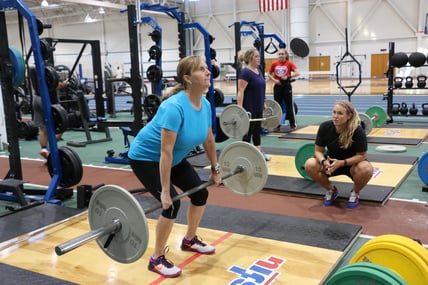 Strength training typically is done with heavy weight but can be done with lighter ones as well. This style of training is directly associated with Newton’s law: mass x acceleration = force.
Strength training typically is done with heavy weight but can be done with lighter ones as well. This style of training is directly associated with Newton’s law: mass x acceleration = force.  In part 1
In part 1
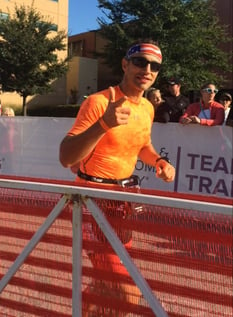 Longtime NIFS Mini-Marathon Prog
Longtime NIFS Mini-Marathon Prog